communication
what do we mean by communication?
There are many definitions for communication. Communication is simply the imparting and exchanging of information, but how we impart that information is extremely rich and complex. People often think communication happens naturally or sometimes they don’t think about communication at all. VCSP focuses attention on the communication, addressing possible challenges and barriers caused by a person's disability both together and separate from the content being presented at the meeting or hearing.
Disabilities and how they affect communication are not always visible or obvious. To learn about an individual’s communication needs VCSP engages in interactive dialogue both in and out of the courtroom / meeting room. Through this dialogue we can explore how an individual relies on the different types and means of communication to express themselves and strive to present information in the most accessible way possible.
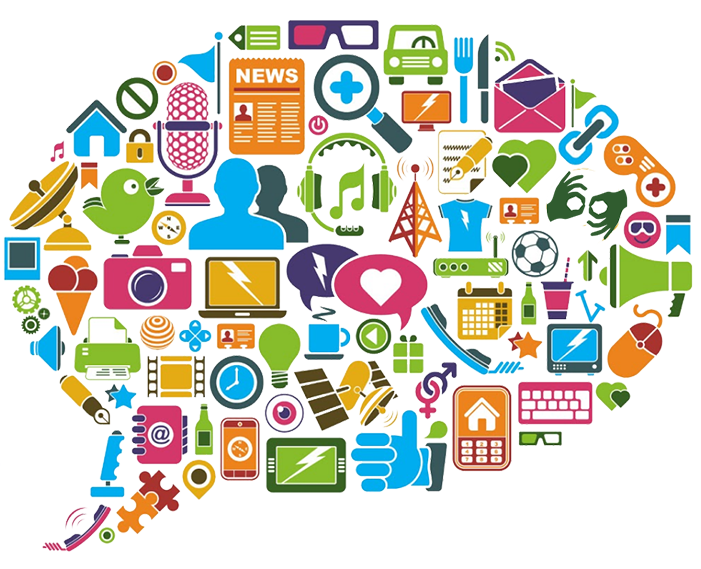
Communication is the process of sending and receiving messages through verbal or nonverbal means, including speech, or oral communication; writing and graphical representations; and signs, signals, and behavior. More simply, communication is said to be “the creation and exchange of meaning.
~Richard Nordquist, Ph.D.
potential barriers to communication
Disability is diverse both in terms of conditions and the people who have them. VCSP supports individuals with a many different disabilities ranging from people with intellectual disabilities where comprehension is the most significant barrier, to a wide range of psychiatric disabilities that require certain accommodations be put in place to support that person's ability to communicate and participate in the process.
VCSP trains Communication Support Specialists to use a functional approach to communication, supporting each person by tailoring tools and strategies to meet their individual needs.
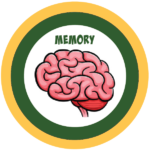
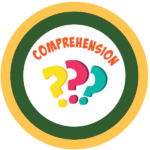
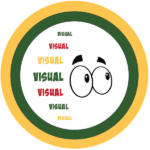
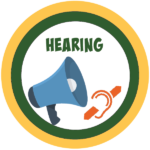
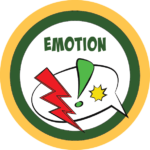
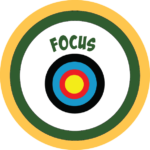
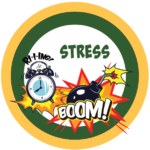
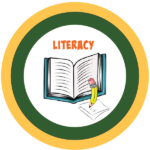
50-60%Of people that are eligible for VCSP services have more than one documented disability
There is a broad range of disabilities that have potential to make someone eligible for VCSP services. The most important factor is that the disability affects the person’s potential ability to communicate as effectively as they are able. Some examples of disabilities that affect communication include:
Attention Deficit Hyperactivity Disorder (ADHD)
Agoraphobia
ALS
Anxiety Disorder
Aphasia
Asperger Syndrome
Autism
Bipolar Disorder
Borderline Personality Disorder
Cerebral Palsy
Cognitive Processing Disorder
Depression
Developmental Disability
Dyslexia
Epilepsy
Hearing Impairment
Intellectual Disability
Learning Disability
Mental Health Disorder
Multiple Personality Disorder
Multiple Sclerosis
Neuro-cognitive Disorder
Obsessive-Compulsive Disorder (OCD)
Panic Disorder
Postpartum Mood Disorder
Post-traumatic Stress Disorder (PTSD)
Schizophrenia / Schizoaffective Disorder
Stroke
Stutter
Substance Abuse
Temporal Lobe Seizures
Traumatic Brain Injury (TBI)
Tourette Syndrome
Vision Impairment